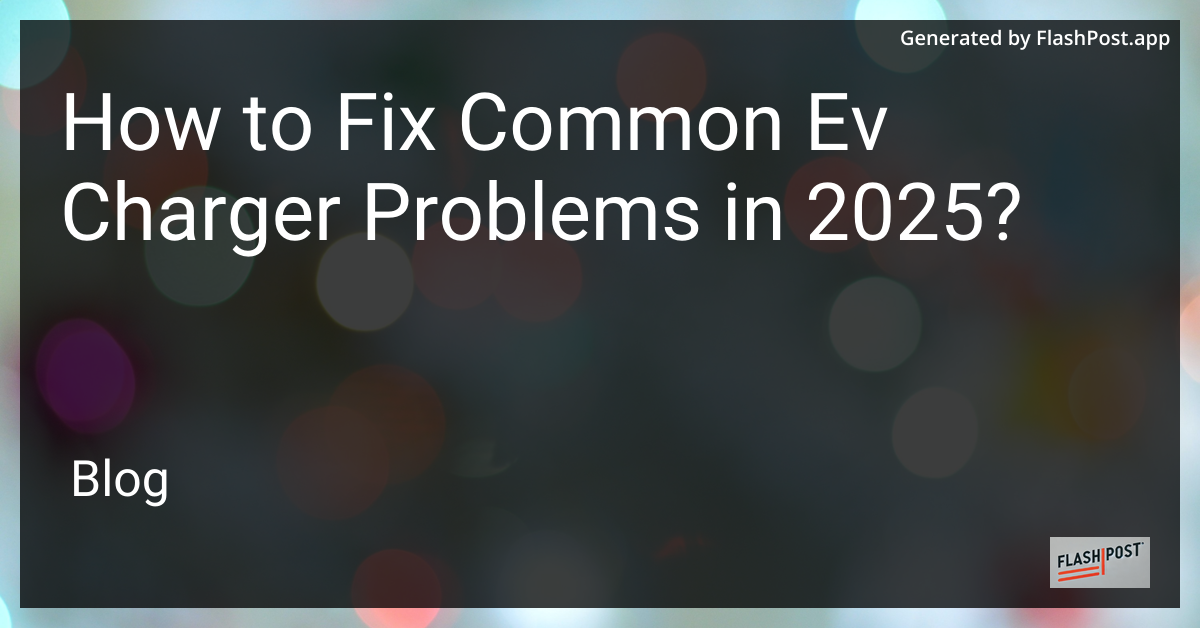
How to Fix Common EV Charger Problems in 2025
Electric vehicles (EVs) have seen a significant rise in popularity, and with that comes the need for reliable charging solutions. However, even the best EV chargers can encounter issues. Here’s how to troubleshoot and fix common EV charger problems in 2025, keeping your electric journey smooth and efficient.
1. Charger Not Powering On
If your charger isn’t powering on, first check the power source. Ensure the outlet is working by testing it with another device. If the outlet is fine, inspect the charger for visible damage to the cord or plug. Sometimes, a simple reset of the charger can also rectify the issue.
2. Slow Charging Speeds
When charging takes longer than usual, it may be due to a low-power connection. Verify that your charger is capable of providing the necessary power output for your EV model. Also, checking for loose connections can help ensure that the power transfer is optimal.
3. Intermittent Charging
Intermittency in charging can be frustrating. It could be caused by a faulty connection or a problem in the electrical supply. Try using a different charging cable if possible. It’s also wise to check if there are interruptions within the local power grid.
4. Overheating Issues
Chargers that get too hot indicate potential problems. Ensure your charger is in a well-ventilated area. Overheating might also be due to internal faults in the charger, so contact the manufacturer if this persists.
5. Error Messages on Charger Display
Modern chargers often have displays that show error messages. Refer to the user manual for specific error codes. Many times, these messages will tell you exactly what’s wrong, from connectivity issues to power shortages.
Conclusion
By understanding these common problems, you can ensure your EV remains charged and ready for use. However, if problems persist, it might be time to consult a professional or consider upgrading your charger for better efficiency. For insights into electric vehicle resale trends in 2025 or explore electric vehicle rebates, and don't forget to check out electric vehicle charger deals for the best offers available today.